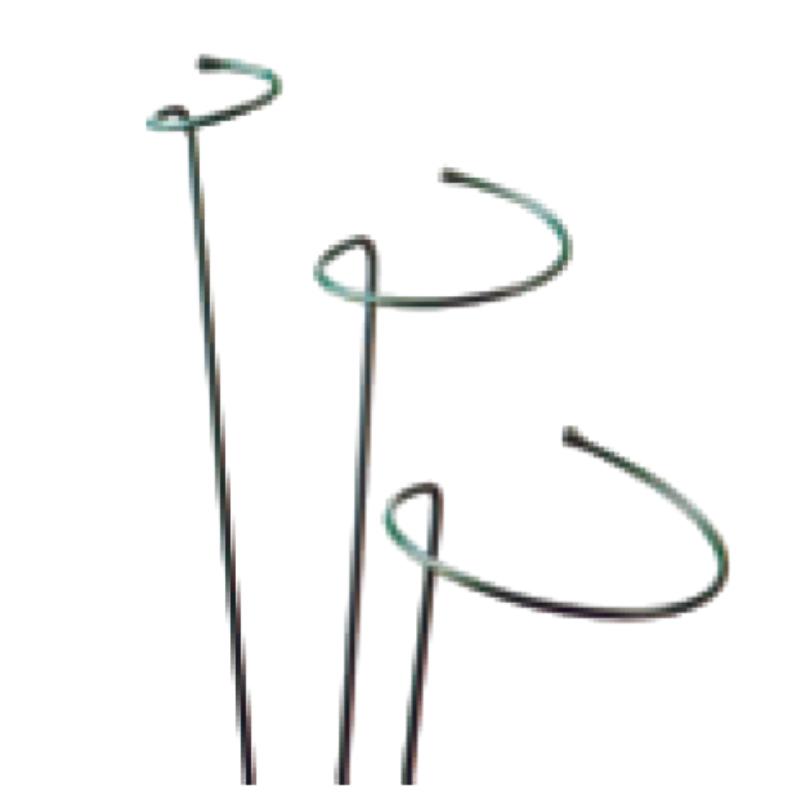-
Post-d:zhao@hyliec.cn
-
Fòn:+86 311 85273988
-
WhatsAPP:8613931128750
-
 Afraganach
Afraganach -
 Albànianach
Albànianach -
 Amharic
Amharic -
 Arabach
Arabach -
 Armenianach
Armenianach -
 Azerbaijani
Azerbaijani -
 Basgach
Basgach -
 Belarusianach
Belarusianach -
 Bengàlach
Bengàlach -
 Bosnianach
Bosnianach -
 Bulgàrianach
Bulgàrianach -
 Catalanach
Catalanach -
 Cebuano
Cebuano -
 Corsicanach
Corsicanach -
 Croatianach
Croatianach -
 Seacach
Seacach -
 Dànach
Dànach -
 Duitseach
Duitseach -
 Sasannach
Sasannach -
 Esperanto
Esperanto -
 Estòinianach
Estòinianach -
 Fionnlaineach
Fionnlaineach -
 Frangach
Frangach -
 Frisianach
Frisianach -
 Galicianach
Galicianach -
 Georgianach
Georgianach -
 Gearmailteach
Gearmailteach -
 Grèigeach
Grèigeach -
 Gujarati
Gujarati -
 Haitian Creole
Haitian Creole -
 Hausa
Hausa -
 Hawaiianach
Hawaiianach -
 Eabhrach
Eabhrach -
 Chan eil
Chan eil -
 Miao
Miao -
 Hungàrianach
Hungàrianach -
 Innis Tìleach
Innis Tìleach -
 igbo
igbo -
 And-Innseach
And-Innseach -
 Èireannach
Èireannach -
 Eadailteach
Eadailteach -
 Iapanach
Iapanach -
 Iabhaininnseach
Iabhaininnseach -
 Kannada
Kannada -
 Kasakh
Kasakh -
 Ciméireach
Ciméireach -
 Ruanda
Ruanda -
 Corèanach
Corèanach -
 Curdach
Curdach -
 Kyrgyz
Kyrgyz -
 TBh
TBh -
 Laidinn
Laidinn -
 Latbhianach
Latbhianach -
 Lithuanianach
Lithuanianach -
 Luxembourgach
Luxembourgach -
 Macedonianach
Macedonianach -
 Malgashi
Malgashi -
 Malaidheach
Malaidheach -
 Malayalamach
Malayalamach -
 Malteseach
Malteseach -
 Maori
Maori -
 Marathiach
Marathiach -
 Mongolianach
Mongolianach -
 Myanmar
Myanmar -
 Nepalach
Nepalach -
 Lochlannach
Lochlannach -
 Lochlannach
Lochlannach -
 Occitan
Occitan -
 Pashto
Pashto -
 Persianach
Persianach -
 Pòlainneach
Pòlainneach -
 Portugalach
Portugalach -
 Punjabi
Punjabi -
 Romànianach
Romànianach -
 Ruiseanach
Ruiseanach -
 Samoan
Samoan -
 Gàidhlig na h-Alba
Gàidhlig na h-Alba -
 Serbianach
Serbianach -
 Sasannach
Sasannach -
 Shona
Shona -
 Sindeach
Sindeach -
 Sinhala
Sinhala -
 Slovacanach
Slovacanach -
 Slobhenianach
Slobhenianach -
 Somali
Somali -
 Spàinneach
Spàinneach -
 Sundais
Sundais -
 Swahilieach
Swahilieach -
 Suaineach
Suaineach -
 Tagalogach
Tagalogach -
 Tajik
Tajik -
 Tamileach
Tamileach -
 Tatarais
Tatarais -
 Telugach
Telugach -
 Thaidheach
Thaidheach -
 Turcach
Turcach -
 Turkmen
Turkmen -
 Ucràinis
Ucràinis -
 Urdu
Urdu -
 Uighur
Uighur -
 Uzbek
Uzbek -
 Bhietnam
Bhietnam -
 Cuimris
Cuimris -
 Cuideachadh
Cuideachadh -
 Giúdais
Giúdais -
 Ioruba
Ioruba -
 Zulu
Zulu
Metal Plant Supports
What Is The Support Structure Of A Plant?
The support structure of a plant refers to the system of tissues and organs that provide stability and enable the plant to maintain an upright position. This support structure includes several key components:
1. Cell walls: The rigid cell walls of plant cells provide structural support, especially in non-woody plants. The cell walls help maintain the shape and rigidity of the plant's cells, contributing to its overall structure.
2. Stems: Stems play a crucial role in supporting the plant and providing a framework for the attachment of leaves, flowers, and reproductive structures. The stems also facilitate the transport of water, nutrients, and sugars throughout the plant.
3. Roots: The root system anchors the plant in the soil, providing stability and support. Additionally, roots absorb water and nutrients from the soil, contributing to the overall health and growth of the plant.
4. Vascular tissues: Xylem and phloem are specialized tissues that form the plant's vascular system. Xylem transports water and minerals from the roots to the rest of the plant, while phloem transports sugars and other organic compounds to various parts of the plant.
5. Specialized structures: Some plants have specialized support structures, such as tendrils, thorns, or aerial roots, which aid in climbing, attachment, or additional support.
The combination of these structural elements allows plants to maintain their shape, withstand environmental forces, and support essential physiological processes.
Iron Plant Supports Faq
What are the benefits of using iron plant supports?
Iron plant supports offer durability and strength, making them suitable for providing robust support for heavy or sprawling plants. They can withstand the weight of mature plants and help maintain their shape and structure.
What types of plants are best supported by iron plant supports?
Iron plant supports are well-suited for providing support to a wide range of plants, including peonies, roses, delphiniums, and other tall or heavy-flowering perennials. They can also be used for supporting climbing plants such as clematis or sweet peas.
How should iron plant supports be installed?
Iron plant supports should be installed firmly in the ground to ensure stability. When supporting individual plants, place the support structure around the plant early in the growing season, allowing the plant to grow into and around the support naturally.
Are there different styles and designs of iron plant supports available?
Yes, iron plant supports come in various styles and designs, including hoop supports, grid supports, and individual stakes. These different designs cater to the specific needs of different types of plants and can provide effective support while enhancing the visual appeal of the garden.
How can iron plant supports be maintained?
To maintain iron plant supports, periodically inspect them for signs of rust or corrosion, especially if they are exposed to the elements. If rust is present, it can be removed using a wire brush, and the supports can be treated with a rust-resistant coating or paint to prolong their lifespan.






